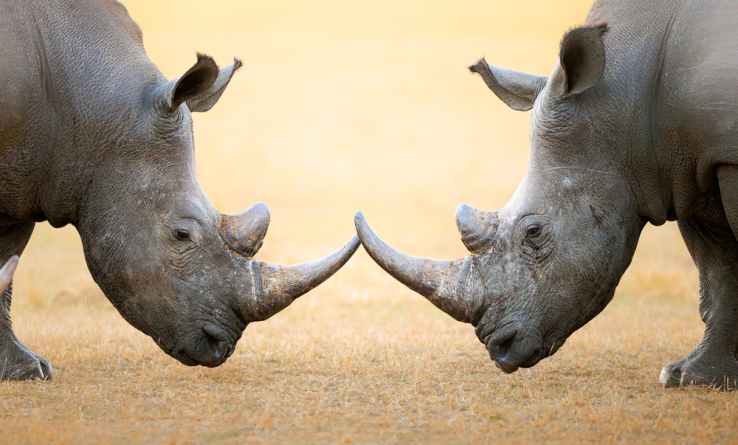From 3D printed prosthetics to , 3D printed cars to 3D printed houses, 3D printing technology is changing the way things are made. 3D printing is also making huge contributions to the animal kingdom which is at risk of extinction. According to Centre for Biological Diversity, 99 percent of endangered species are at risk because of human activities such as habitat destruction and poaching. 30 – 50 percent animal species could become extinct in next 50 years if the same continues. Below is the list of some examples of how 3D printing is saving animals.
Giving Animals A New life
The recent advancements in 3D printing and 3D scanning have helped different animal species with injuries and other physical impairment.
One such example is where four local 3D tech companies, Ewacorp, Elementos 3D, Publicidad Web and Group SG, teamed up to help Grecia, a Costa Rica toucan, by creating a 3D printed prosthetic beak.
Turtle Cleopatra was suffering with a bone disease which causes weakening of the shell. The founder of Canyon Critters Rescue with the help of Colorado Technical University modeled and 3D printed a shell that fits and protects the existing shell from further wearing. As Cleopatra grows, new shells will have to be fabricated to fit.
Mike Garey, trainer of Buttercup, the duck which was born with one foot pointed in the wrong direction, modeled and 3D printed a new prosthetic foot that allows her to walk and swim without any difficulty.
Derby, a disabled dog born with deformed front legs was fitted with 3D printed prosthetics that gave full mobility.
Protecting Endangered Species
3D printing serves as a tool for conservationists to help them find new ways to protect endangered species and share the information to others. Drones equipped with cameras are used to study and capture images of places that are too dangerous or too difficult to explore in person. The 3D models of the landscapes helps researchers to study the landscape and wildlife without disturbing their natural environment.
Owner of a wildlife reserve in Namibia, Dr. Friedrich Reinhard, is using 3D printing technology to help rebuild the black rhino population in Africa, which has been endangered by poaching.
Using the airplane-based mapping system, scientists of Carnegie Science were able to capture information on tree diversity across the Amazon, carbon stocks in Panama and Madagascar, wildlife habitats in Columbia and plant species in Hawaii, and even document never-before-seen lion behavior in South Africa.
Greg Asner, principal investigator of Carnegie’s Department of Global Ecology, says that by creating a 3D map of the diverse forests throughout the world will enable them to monitor vertical tree-line movement and determine the impact of climate change on forest growth patterns. He hopes to create the world’s first 3D animal mapping by expanding the ecological applications of 3D scanners.
Eliminating Poaching
Black Rhinos are massively killed for their horns which has more value than gold and illicit drugs in black market.
Pembient, a Seattle based biotech company, came up with a solution to poaching. With the help of the fully detailed scans of the real rhino horn using 3D scanning, they are working to 3D print replicas of the rhino horn using the keratin material present in the organic rhino horn. Their main aim is to flood the black market with fake horns and thereby bring down their cost thus saving rhinos from extinction.
This shows the incredible potential and the huge impact of 3D printing on the world in a positive way.
